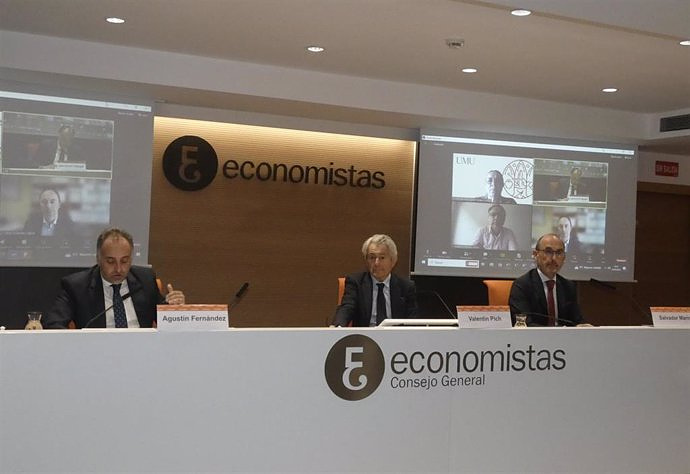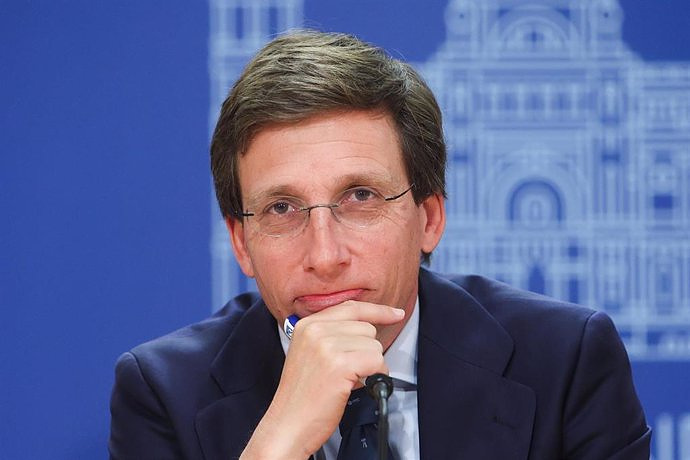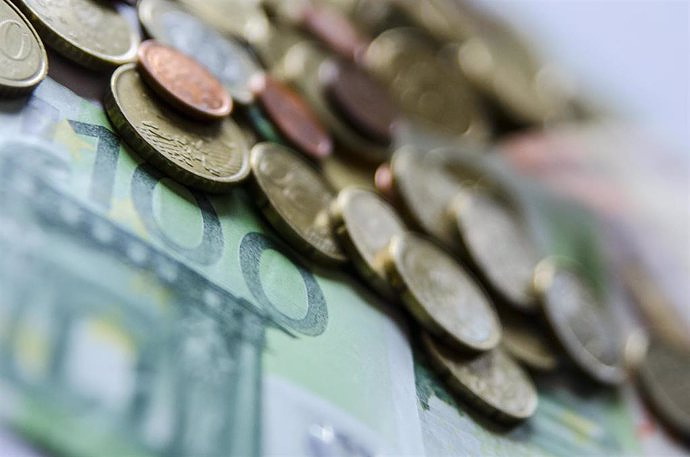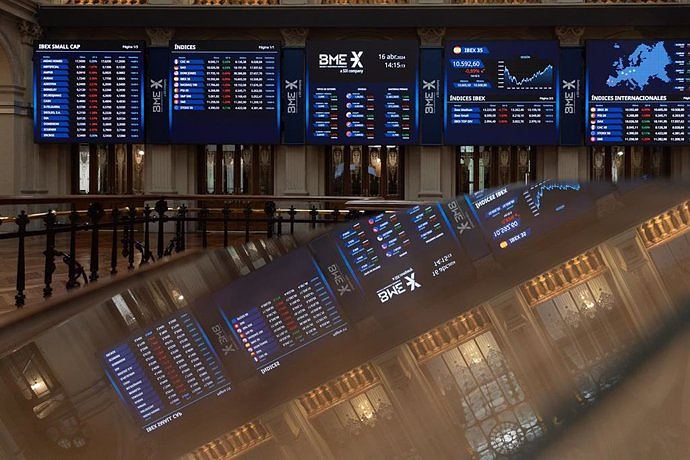The cryptocurrency market has recovered from its two-month slump that it experienced from May through July. Bitcoin (BTC), and Ethereum (ETH), have posted impressive gains in the past two weeks. The market is now seeing prices that are higher than it was in May this year.
The cryptocurrency derivatives market, which includes financial instruments such as options, futures, and micro futures, is also experiencing a revival in investor interest. According to data from Bybt, The open interest (OI) in Bitcoin options across all the global exchanges offering the product has more than doubled from the yearly low of $3.63 billion on June 26, hitting a 90 day high of $7.86 billion on Aug. 14.
Cointelegraph discussed this spike in OI with Shane Ai, head of product R&D at Bybit, a cryptocurrency derivatives exchange, who said: "The rise in Option OI is mostly driven by institutional players, and the rising popularity of third-party OTC platforms has facilitated easier execution of multi-legged strategies with deeper liquidity -- which are prerequisites for more institutional participation." Data from on-chain analytics provider CryptoQuant also reveals that institutions are buying BTC in the same manner as they did back in late 2020.
The Ether options market metrics also show a similar increase in growth. The OI for Ether Options increased 75% to $2.42 billion from 30 July and reached a two-month peak of $4.26 billion in August. This brings the market's year-on-year growth to 846%.
The crypto derivatives market was only established in Q2 2020. Even global investment banking giant Goldman Sachs announced their plans earlier in June to expand its foray into the cryptocurrency markets with Ether options.
CME data reveals strong growth in 2021
Even the Chicago Mercantile Exchange, the largest derivatives exchange in the world, is seeing growth in crypto derivatives products. CME is often regarded as a benchmark for institutional interests. They currently offer four cryptocurrency derivatives: Bitcoin Futures (Ether Futures), Micro Bitcoin Futures, Ether Futures and Bitcoin Options.
CME data shows that the average daily volume in their Bitcoin futures increased by nearly 30% between 8,231 contracts in 2020 and 10,667 contracts in 2021, according to CME. The open interest in these futures increased by 18.6% to 8,988 contract year to date in 2021.
CME has offered their BTC options and futures since 2017 and 2020 respectively. However, CME launched their Ether futures in February and May.
CME Ether futures launched on February 8th with an ADV of 2,864 and open interest at an average of 2,436 contracts. On May 19, a record volume of 11,980 contracts and an OI record of 3,977 were traded.
CME Micro BTC Futures has an ADV of 21,667 contracts and an OI of 19,990 contracts. This product allows retail investors to manage their Bitcoin price risks. Since its launch, it has traded 1.5 million contracts and is one-tenth the size of a Bitcoin. On May 19, 94,770 contracts were traded, a record high, and a record 38,073 contracts open interest was reached on June 1.
Cointelegraph spoke with Luuk Strijers (chief commercial officer at Deribit), about this increase in markets. He stated:
"We have seen remarkable growth in Q1 & Q2 this year, demonstrating the potential of derivatives, and in our case, options driven primarily by increasing client demand. This trend is expected to continue, as we are acquiring more (institutional) clients.
ETH activity supports organic growth
Strijers stated that the August spike in OI was not due to an increase in the price, which led to the notional worth growing, but also because of the growth of open contracts following the Q2 expiry of BTC options.
This shows that OI growth in the market is organic, and not a result of notional value increasing. Ether had a greater effect, he said.
The launch of EIP-1559, which has the result that almost $100m of ETH was burned since then, is the explanation for this phenomenon. NFT hype leads to a lot people buying NFTs and using their ETH to buy upside calls. This allows them to miss out on the potential upside.
The Ethereum network finally underwent the London upgrade on Aug. 5 which ushered in the much anticipated Ethereum Improvement Proposal (EIP) 1559 that changes the transaction pricing mechanism for the network and the management of the fees. Strijers commented on the impact of the London hardfork on the upwind for ETH. He said, "The market seems like it appreciates the London fork-changes." Many ETH was already staked or locked in smart contracts, but now there is a shortage of supply, which drives prices up.
Ai spoke more about the impact of the hard fork in the ETH derivatives markets. He said that the ETH IV term structure had gone into contango, which is a situation where the futures price on an asset is higher than its spot price. Additionally, steeper call-put skews are seen as trends move further back. Higher prices for Out of the Money options (OTM) and lower prices for OTM calls could be indicated by a steeper skew.
Many players are developing automated solutions that simplify Bitcoin options trading for retail investors. Delta exchange, a platform for crypto derivatives, has recently introduced automated trading under the product "Enhanced Yield" (BTC, ETH, and Tether)
Regulators are not happy with derivatives trading
Regulators are sometimes skeptical about the crypto derivatives industry despite its huge growth. In recent years, a variety of organizations have issued cautionary statements to stop players from offering these financial instruments on the market.
BitMEX agreed to pay $100m to the United States Commodities Futures Trading Commission and the Financial Crimes Enforcement Network to settle a case that was filed in the U.S. District Court of Oct. 1, 2020. BitMEX owners were charged by the CFTC with operating a cryptocurrency derivatives platform illegally and Anti-Money Laundering violations.
In another instance of regulatory bodies increasing their scrutiny on the derivatives trading sub-ecosystem, global cryptocurrency exchange Binance has announced that they will be shutting down derivatives trading in the European region, beginning with Germany, Italy and the Netherlands. In addition to the EU region, Binance has also announced that they would be restricting access to derivatives products for its users in Hong Kong. Changpeng Zhao, CEO, stated that this was an attempt to establish "crypto compliance best practice worldwide."
The Financial Conduct Authority (UK) prohibited crypto exchanges selling exchange-traded notes and crypto derivatives to retail customers in January 2018. This ban was imposed by the FCA because these products pose a risk to retail consumers.
Despite the fact that crypto derivatives are being regulated, futures and options markets continue to grow despite this. A report by Inca Digital revealed that hundreds of traders in the U.S. are evading local regulations and trading crypto derivative assets on exchanges like FTX and Binance. Due to regulatory concerns, these platforms don't offer derivatives products.
However, Brett Harrison, president of FTX.US, the U.S. counterpart of FTX, recently stated that the platform aims to offer crypto derivatives trading in the U.S. in less than a year. Harrison mentioned that institutional investors account for almost 70% of FTX.US's trading volume. The current goal of the platform is to increase its retail base in the United States.
This reasoning could be the driving force behind the exchange's recent decision to hire Kevin O'Leary -- aka Mr. Amazing of Shark tankfame -- as brand ambassador and official spokesperson to FTX.
Although it is possible to make this up, the growth in crypto derivatives markets is certain and will continue as liquidity improves. Investors need these instruments to provide risk and hedging solutions, particularly in times of high volatility.

 Exploring Cardano: Inner Workings and Advantages of this Cryptocurrency
Exploring Cardano: Inner Workings and Advantages of this Cryptocurrency Seville.- Economy.- Innova.- STSA inaugurates its new painting and sealing hangar in San Pablo, for 18 million
Seville.- Economy.- Innova.- STSA inaugurates its new painting and sealing hangar in San Pablo, for 18 million Innova.- More than 300 volunteers join the Andalucía Compromiso Digital network in one month to facilitate access to ICT
Innova.- More than 300 volunteers join the Andalucía Compromiso Digital network in one month to facilitate access to ICT Innova.-AMP.- Ayesa acquires 51% of Sadiel, which will create new technological engineering products and expand markets
Innova.-AMP.- Ayesa acquires 51% of Sadiel, which will create new technological engineering products and expand markets The parties open the election campaign in Catalonia
The parties open the election campaign in Catalonia Javier Tebas: "The CSD Commission does not have legal protection"
Javier Tebas: "The CSD Commission does not have legal protection" STATEMENT: Repair your Debt Lawyers cancels €65,000 in Cantabria with the Second Chance Law
STATEMENT: Repair your Debt Lawyers cancels €65,000 in Cantabria with the Second Chance Law RELEASE: Zoomlion shines at INTERMAT 2024 with a vision for a greener and smarter future
RELEASE: Zoomlion shines at INTERMAT 2024 with a vision for a greener and smarter future How Blockchain in being used to shape the future
How Blockchain in being used to shape the future Not just BTC and ETH: Here Are Some More Interesting Coins Worth Focusing on
Not just BTC and ETH: Here Are Some More Interesting Coins Worth Focusing on Retrópolis brings the golden age of video games and computing to the UPV
Retrópolis brings the golden age of video games and computing to the UPV Looking for video games that value the neighborhoods of Valencia
Looking for video games that value the neighborhoods of Valencia UPV researchers improve the efficiency of air conditioning systems using a geothermal heat pump
UPV researchers improve the efficiency of air conditioning systems using a geothermal heat pump València is committed to citiverse and smart tourism to be "the reference technological hub of the Mediterranean"
València is committed to citiverse and smart tourism to be "the reference technological hub of the Mediterranean" A million people demonstrate in France against Macron's pension reform
A million people demonstrate in France against Macron's pension reform Russia launches several missiles against "critical infrastructure" in the city of Zaporizhia
Russia launches several missiles against "critical infrastructure" in the city of Zaporizhia A "procession" remembers the dead of the Calabria shipwreck as bodies continue to wash up on the shore
A "procession" remembers the dead of the Calabria shipwreck as bodies continue to wash up on the shore Prison sentences handed down for three prominent Hong Kong pro-democracy activists
Prison sentences handed down for three prominent Hong Kong pro-democracy activists ETH continues to leave trading platforms, Ethereum balance on exchanges lowest in 3 years
ETH continues to leave trading platforms, Ethereum balance on exchanges lowest in 3 years Investors invest $450 million in Consensys, Ethereum incubator now valued at $7 billion
Investors invest $450 million in Consensys, Ethereum incubator now valued at $7 billion Alchemy Integrates Ethereum L2 Product Starknet to Enhance Web3 Scalability at a Price 100x Lower Than L1 Fees
Alchemy Integrates Ethereum L2 Product Starknet to Enhance Web3 Scalability at a Price 100x Lower Than L1 Fees Mining Report: Bitcoin's Electricity Consumption Declines by 25% in Q1 2022
Mining Report: Bitcoin's Electricity Consumption Declines by 25% in Q1 2022 Oil-to-Bitcoin Mining Firm Crusoe Energy Systems Raised $505 Million
Oil-to-Bitcoin Mining Firm Crusoe Energy Systems Raised $505 Million Microbt reveals the latest Bitcoin mining rigs -- Machines produce up to 126 TH/s with custom 5nm chip design
Microbt reveals the latest Bitcoin mining rigs -- Machines produce up to 126 TH/s with custom 5nm chip design Bitcoin's Mining Difficulty Hits a Lifetime High, With More Than 90% of BTC Supply Issued
Bitcoin's Mining Difficulty Hits a Lifetime High, With More Than 90% of BTC Supply Issued The Biggest Movers are Near, EOS, and RUNE during Friday's Selloff
The Biggest Movers are Near, EOS, and RUNE during Friday's Selloff Global Markets Spooked by a Hawkish Fed and Covid, Stocks and Crypto Gain After Musk Buys Twitter
Global Markets Spooked by a Hawkish Fed and Covid, Stocks and Crypto Gain After Musk Buys Twitter Bitso to offset carbon emissions from the Trading Platform's ERC20, ETH, and BTC Transactions
Bitso to offset carbon emissions from the Trading Platform's ERC20, ETH, and BTC Transactions Draftkings Announces 2022 College Hoops NFT Selection for March Madness
Draftkings Announces 2022 College Hoops NFT Selection for March Madness



























